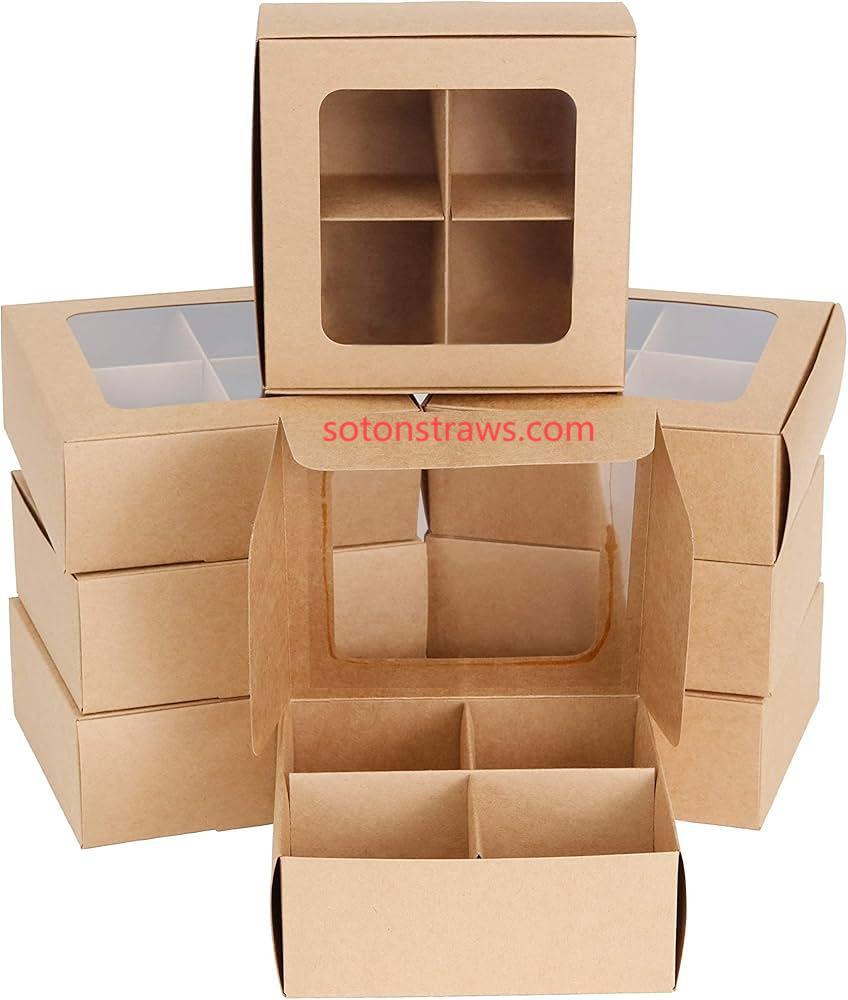Consumer expectations around packaging are undergoing a profound shift. While functionality remains essential, environmental responsibility has become a decisive factor in purchasing decisions. The disposable kraft box resonates powerfully in this context, embodying the desirable qualities of natural materials, renewable sourcing, and perceived lower environmental impact compared to plastic alternatives. The kraft paper's unbleached, earthy appearance inherently signals eco-friendliness and a connection to nature, aligning perfectly with growing consumer values favoring simplicity, transparency, and sustainability. This visual language communicates a brand's environmental commitment before a customer even reads the label, making it a powerful marketing tool for businesses aiming to attract eco-conscious shoppers.
However, true sustainability extends far beyond aesthetics. The foundation lies in responsible sourcing of the raw material. Kraft paper derived from wood pulp sourced from sustainably managed forests, certified by recognized organizations like FSC or PEFC, ensures that environmental and social standards are upheld throughout the supply chain. This includes protecting biodiversity, respecting indigenous rights, and promoting responsible forestry practices that ensure long-term resource availability. Verifying this chain of custody is crucial for brands making genuine sustainability claims about their disposable kraft box packaging. Consumers and regulators increasingly demand proof that environmental credentials are substantiated, moving beyond vague "green" messaging to verifiable practices.
End-of-life management is the critical final piece of the sustainability puzzle. The ideal scenario sees kraft boxes easily recycled through standard paper streams, transforming the material into new paper products. Achieving this requires careful consideration of all components. Any coatings or barriers applied for functionality (like moisture resistance) must be compatible with recycling processes or readily separable. Inks should be vegetable-based or otherwise non-toxic and non-disruptive to recycling. Designs that minimize material use and avoid complex laminations or plastic inserts ensure the box remains a mono-material stream, maximizing its recyclability. For situations where recycling access is limited, compostability (under industrial conditions) offers an alternative end-of-life pathway, though this demands appropriate infrastructure and clear consumer labeling.
The versatility of the disposable kraft box further enhances its sustainable appeal. It effectively packages a vast array of goods – from dry snacks and bakery items to fresh produce, grains, and even some takeaway meals – replacing less sustainable options across multiple categories. This widespread applicability means adopting kraft boxes can significantly reduce a business's overall packaging footprint. Innovations continue to expand this versatility, with developments in coatings improving resistance to grease or moisture for a broader range of products without sacrificing recyclability.
Meeting the high bar of genuine sustainability requires dedicated manufacturing partners who prioritize ethical sourcing, clean production processes, and design for circularity. Soton is deeply committed to this mission. We produce disposable kraft box solutions where environmental responsibility is integrated at every stage. We prioritize certified sustainable materials, utilize eco-friendly printing and coating options, and engineer our boxes for optimal end-of-life recovery through recycling. Our commitment ensures that the natural appeal of kraft paper translates into tangible environmental benefits. Partner with Soton to source high-quality, authentically sustainable disposable kraft box packaging that meets consumer expectations, supports your brand values, and contributes positively to a circular economy.click https://www.sotonstraws.com/product/biodegradable-straws/st101-paper-straws/ to reading more information.

